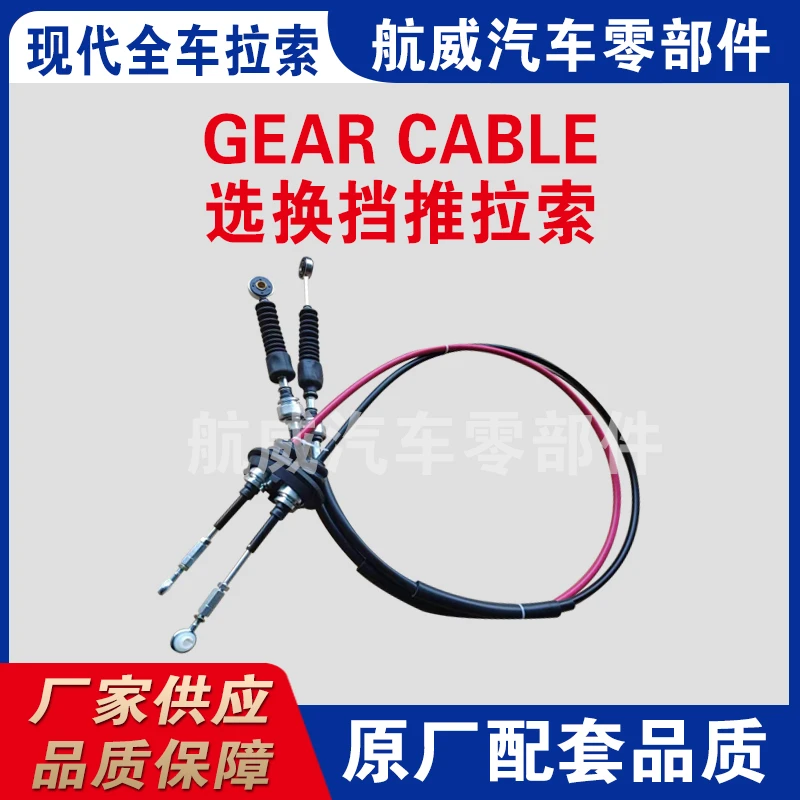Throttle Linkage Adjustment with Bell Crank Mechanism for Enhanced Performance Control
Understanding Throttle Linkage and the Bell Crank Mechanism
Throttle linkage systems play a crucial role in how engines respond to driver input, particularly in vehicles ranging from cars to motorcycles. A vital component in most throttle linkage setups is the bell crank, which serves the important function of translating linear motion into rotational motion, or vice versa. This article will delve into the mechanics of throttle linkage, the role of bell cranks, and their impact on vehicle performance.
What is Throttle Linkage?
Throttle linkage is the assembly of components that connects the accelerator pedal to the throttle body in an internal combustion engine. When the driver presses the accelerator pedal, this action needs to be converted into a corresponding opening of the throttle valve, allowing more air and fuel into the engine, thus increasing power output. The throttle linkage system, therefore, is essential for ensuring that driver inputs lead to accurate and responsive engine performance.
Components of Throttle Linkage
The throttle linkage system typically consists of several key components 1. Accelerator Pedal The interface that the driver uses to control throttle position. 2. Thrust Cable or Rod A mechanical connection that transmits the movement from the accelerator pedal to the throttle body. 3. Bell Crank A pivoting lever that helps convert the linear motion of the cable or rod into the angular motion required to operate the throttle. 4. Throttle Body The component of the engine that controls airflow; when the throttle is opened, air flows in, increasing engine power.
The Role of the Bell Crank
The bell crank is often overlooked, yet it is a pivotal part of the throttle linkage. Its design typically features two arms at an angle to each other around a pivot point. When the pedal is pressed, the linear motion from the cable or rod is transferred to one arm of the bell crank. This movement causes the bell crank to pivot around its axis, which in turn moves the other arm. The second arm is connected to the throttle body, thereby facilitating the opening or closing of the throttle valve.
throttle linkage bell crank

This transformation of motion is crucial as it allows for more effective and efficient throttle response. Moreover, the bell crank can also be used to adjust the ratio of pedal movement to throttle opening, enabling fine-tuning of the vehicle's responsiveness. For instance, a longer arm can create more throttle opening with less pedal travel, which might be desirable in performance applications.
Advantages of Using Bell Cranks
- Compact Design The bell crank mechanism can create multiple motion paths in a confined space, making it ideal for automotive applications where space may be limited. - Versatility Depending on the design, bell cranks can be adjusted for different throttle response characteristics, allowing engineers to tailor the driving experience to meet specific requirements. - Durability Made from robust materials, bell cranks can withstand significant stress and are less likely to fail compared to other means of linkage.
Potential Issues and Maintenance
While bell cranks provide numerous advantages, they can also pose challenges. Over time, wear and tear on the pivot points can lead to slack in the linkage, resulting in a delayed throttle response. Lubrication of the pivot points and regular inspections can help mitigate this issue. Moreover, proper alignment during installation is critical; misalignment can lead to inefficient throttle response and increased wear on components.
Conclusion
The throttle linkage system, particularly the bell crank mechanism, is an integral part of a vehicle's performance. By understanding how these components work together to convert driver input into engine response, engineers and enthusiasts alike can appreciate the complexities involved in achieving a balanced and responsive throttle system. With regular maintenance and careful design, the throttle linkage can provide a seamless and enjoyable driving experience, showcasing the fine engineering that goes into modern automotive technology.
-
Upgrade Your Control with Premium Throttle CablesNewsAug.08,2025
-
Stay in Control with Premium Hand Brake CablesNewsAug.08,2025
-
Experience Unmatched Performance with Our Clutch HosesNewsAug.08,2025
-
Ensure Safety and Reliability with Premium Handbrake CablesNewsAug.08,2025
-
Enhance Your Vehicle with High-Performance Clutch LinesNewsAug.08,2025
-
Elevate Your Ride with Premium Gear CablesNewsAug.08,2025
